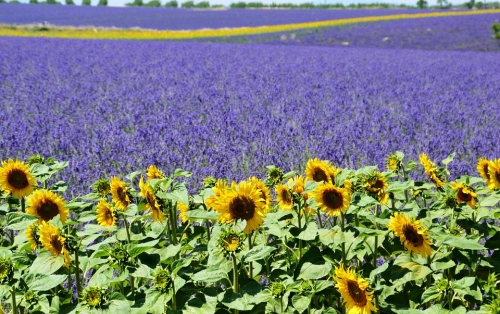The South of France is the home of some of the most scenic places in the world. Besides the popular cities such as Cannes and Nice, there are also other lesser known, but equally picturesque areas in the region.
The best time to visit the South of France is during the summer or between May and September. The restaurants and hotels stay open and many of the attractions adhere to high-season hours. Many visit the South of France for the renowned Cannes Film Festival and the Monaco Grand Prix, which take place during the second half of May. The weather is warmer during this time and the crowds of tourists start to fade away.The region is also a foodie paradise offering an array of dishes and cuisines, ranging from traditional fare to some of the choicest wines. Here’s our list of the ultimate things to do for expats in the South of France.
Take a walk underground
The Dordogne, or Perigord, is one of the most interesting sites in the world. It is known for its hills, cliffs, rivers and pleasant weather.
The Vezere Valley in the region has over 250 UNESCO sites and is referred to as the prehistoric capital of the world. The prehistoric dwellings can only be accessed on foot. The Going Underground walk continues for about five to seven hours as walkers make their way above and below ground to visit the caves that were used by the Neanderthals, called the ‘Ode to the Neanderthal’. These same caves and rock shelters were used by the French resistance during World War II.
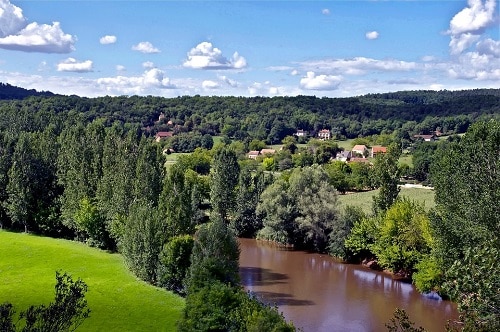
In fact, the network of underground trails and caves has been used throughout history. In the Middle Ages, they provided refuge against invaders for farmers and families that lived on the Vezere River banks. They would stay for weeks sometimes, waiting for the invaders to move on.
Most people can participate in the underground walk, but it does require a high level of fitness. There are about 20 hiking-walking tours and the walks can be combined to shorten or lengthen them. The interesting thing about this adventure is that the walks are planned on the day itself, along with the customers, so that everyone gets to have the experience of their choice.
Take a gamble
Monte Carlo’s world famous casino is an emblem of luxury and the good life. The architect of the Paris opera house, Charles Garnier, built the iconic casino in 1863. Even with the passing of more than 150 years, the atmosphere persists, although the establishment has always believed in reinventing itself.
The belle époque style structure overlooks Monaco and the sea. The entrance hall of the casino with its lonic columns and marble atrium gives you a taste of what is to come. The red and gold Salle Garnier is decorated with frescoes, and served as the setting for the Ballets Russes. The main hall leads to other elegant rooms that lure you into the business of fortune.
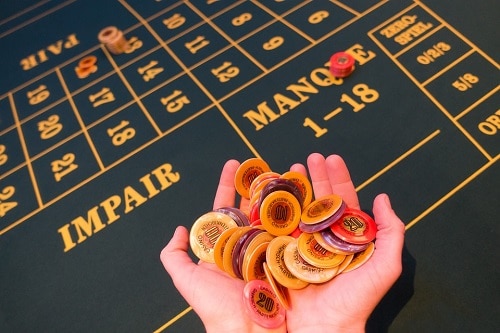
There are private rooms for the high rollers. For others there are roulette and black jack tables, and even modern machines. There are a number of bars and restaurants such as The Salon Rose and the Train Bleu. There is even a culture-packed tour of the Monte Carlo casino in the mornings.
Visit the hilltop village of St-Paul-de-Vence
A medieval fortified village sitting between two valleys, St-Paul-de-Vence is one of the many charming places in Provence. It is full of shops selling Provencal fabrics, handcrafted jewelry and other gifts. It also offers some fine cuisine.
Sitting at the café at the Place de Gaulle gives you the chance to watch a game of Pétanque.

The place can get crowded during July to August, so plan your trip for another time. Visiting early, or after the crowds have left, will give you the opportunity to enjoy the village at your own pace. The beauty of the village and its surroundings and the beautiful play of light has inspired a number of artists, poets and writers, some of whom settled down here.
Attend a festival
Referred to as the festival capital of France, the South of France is always playing host to some festival or other. Ranging from the grand carnival processions to food festivals, doing a round of the many events is a must-do activity when visiting the region. The festival atmosphere is representative of the relaxed way of life of the South of France. Many of the festivals are centuries old and play a significant role in celebrating the culture and heritage of the region.
The Nice Carnival, held in February, is one of the biggest carnivals in the world and also among the oldest in Europe. Carrying on for 15 days during Mardi Gras, the highlight of the festival is the Battle of the Flowers where flowers are tossed into the crowds of visitors.
An interesting event is the Menton Lemon festival, which features a great deal of lemon flavored food and drinks. The festival has been around for more than 80 years, and takes place in February.
The Asparagus festival in the town of Mormoiron is an annual event that celebrates the land. Held in April, it includes cookery competitions and asparagus related produce sales.
For those in the mood for something more adventurous, there is the Hyeres Sailing World Cup held at the end of April. It encompasses about 60 sailing associations and 600 boats.
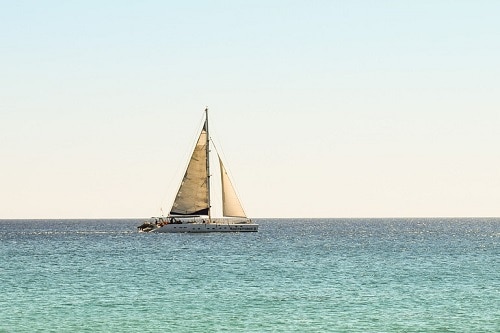
And then of course there’s the glitzy Cannes film festival, which was first held soon after the Second World War to emphasize the importance of film to France. The festival is held in May and tickets may be hard to obtain, but it still is a great experience.
Go wine tasting in Montpellier
Located to the west of Provence, the Languedoc-Roussillon region is known for its rugged countryside, charming cities and renowned cuisine. The region is not among the other glamorous and popular cities and towns in the south of France, but it is a must visit as it gives you a taste of the beautiful life filled with lingering afternoon lunches, mountain strolls, luxurious beaches, wine tasting and rich history.
A four-hour train journey from Paris will get you to the Languedoc-Roussillon region. From Nice, the journey takes just three hours. Montpellier serves as the gateway to the rest of the Languedoc-Roussillon region. Being a university city, it is lively due to its student population. There is also the bustle of the markets, which are held almost daily.
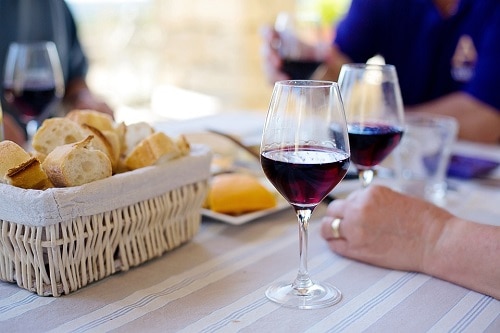
The city’s central square plays home to a number of festivals. Montpellier is known for its summer time wine tasting festival, Les Estivals, which includes local wine makers, discounted prices on wine tasting and great cuisine.
Visit Nîmes
Another noteworthy place to visit in the Languedoc-Roussillon region is Nîmes, which has the best-preserved Roman Arena in the world. It is also home to the Féria, a bull-fighting festival held every year in May. The festival is held to commemorate Pentecost and is a coming together of French and Spanish culture. This mix of cultures is also evident in the architecture of Nîmes, mainly in the central part of the small city.
Interestingly, Nîmes is called the home of denim, which comes from the term de Nîmes meaning ‘of Nîmes’. There’s also a modern art museum in the city called Carré d’art, which has a glass exterior set against old limestone.
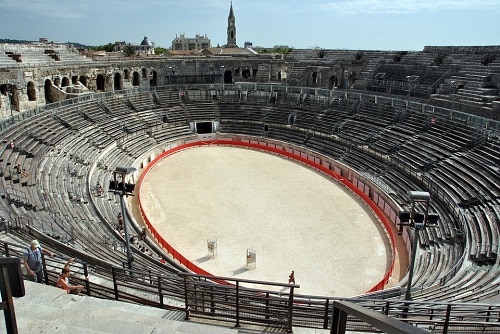
A series of palm-tree-lined canals lead out of the city center to the Jardins de la Fontaine, or Fountain Gardens. The gardens originally encompassed a spring that was the main supply of water for the city.
You can get to Nîmes via a twenty-minute train journey from Montpellier, and a four-hour journey from Paris. Nîmes also has a small airport, but most prefer the train ride as it offers views of farmland and vineyards along the route.
Go canyoning
The South of France is a popular destination for canyoning. This is an activity which involves travelling in canyons using different methods such as walking, climbing, jumping, rappelling and swimming.
The Alpes-Maritimes and Alpes-de-Haute-Provence regions are ideal sites for canyoning because of their descents. There is a variety of canyons here and the pristine water and scenery is stunning. These destinations attract holidaymakers looking to try out the canyoning experience, as well as serious canyoning enthusiasts.
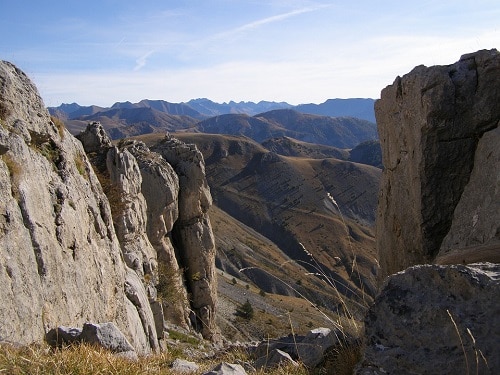
The weather conditions must be taken into account when going canyoning, as on some days the canyons are dry, and flooded with white water on other days. In spring, some of the canyons offer ideal conditions for the activity.
It is advisable to take a qualified guide along if you’re new to canyoning. Experienced people can go about it alone, but they would have to recce the start or end of the canyon to check the route and water levels. Plenty of companies offer canyoning, so make sure to choose one that is reputable.
Take a balloon flight
France Balloons offers an unforgettable experience in the form of balloon flights. Everyone can take part in the flight as there are no specific age or physical requirements.
The balloons take off at sunrise or sunset when the air is cool and the winds are steady. Prior to the pick-up and welcome, the balloons are prepared for inflation. Once you are safely in the basket, the pilot takes off and the balloon gently rises off the ground and the approximately one hour flight begins. The view beneath is spectacular and so is the experience of floating effortlessly and weightlessly.

Once you come back to earth, the balloon slowly deflates. This doesn’t end the experience, as following that you are presented with your flight certificate and the pilot’s toast, during which you can enjoy a glass of sparkling wine as you recount your balloon flight adventure.
Enjoy the beaches
A stay in the South of France would be incomplete without a trip to the beaches in the region. The beaches occupy hundreds of kilometers of coastline. One of the main attractions of the region is the Valras Plage near Béziers, a large beach with plenty of nearby amenities, including an amusement park with several rides.
There are also the beaches at Saint-Jean de Luz, such as the Grande Plage, which is surrounded by sea walls that keep the waters placid and great for swimming.
Other must-visit beaches in the South of France include Plage des Marinières in the charming seaside town of Villefranche-sur-Mer; the half-pebble and half-sand Paloma Beach in Saint-Jean-Cap-Ferrat; Argelès North in Argelès, which provides impressive views of the Pyrenees; and Grussian Plage, which also has a casino, marina and great places for a night out.
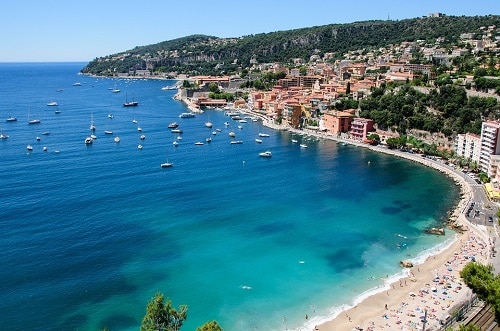
A mention must be made of Cap d’Antibes, which has always been associated with the rich and famous, ranging from the Duke and Duchess of Windsor to Pablo Picasso. There are 48 beaches along the coastline, the main public ones being La Salis and Plage du Ponteil.
What are your favourite things to do in the South of France? Share your suggestions in the comments below, or answer the questions here to be featured in an interview!

